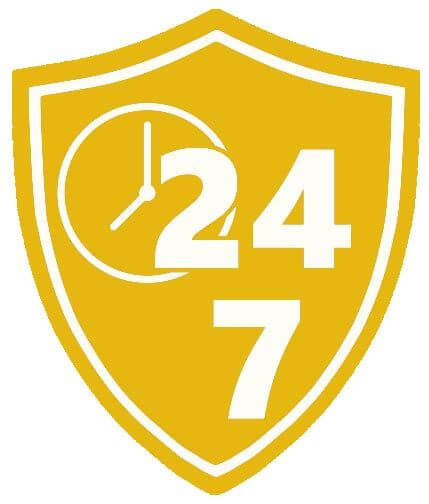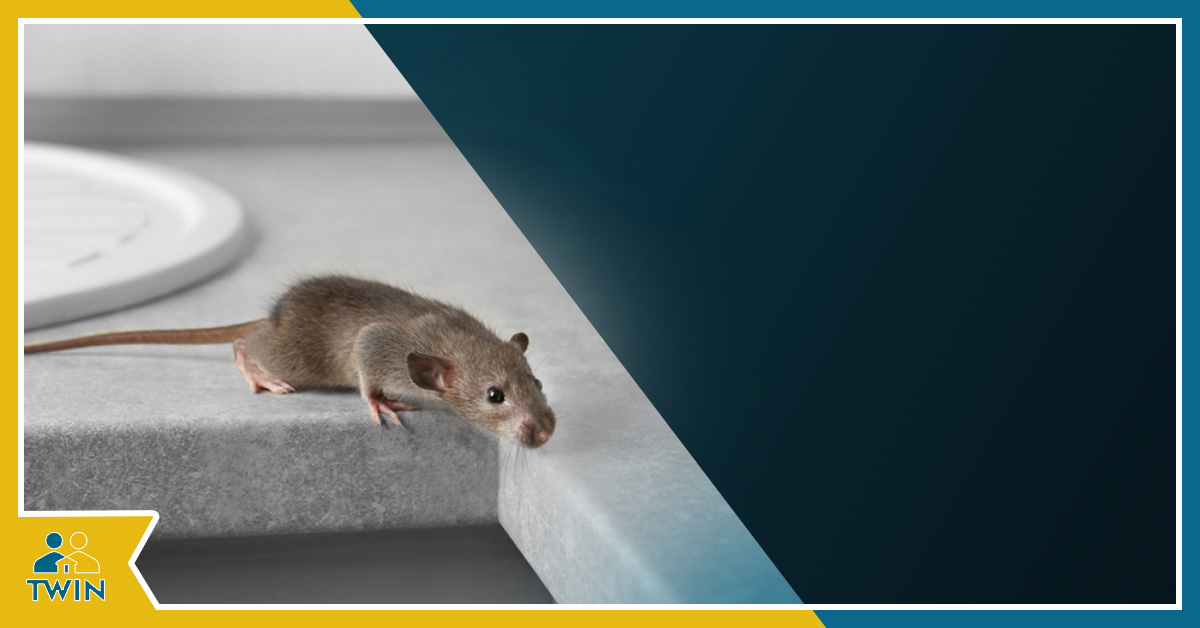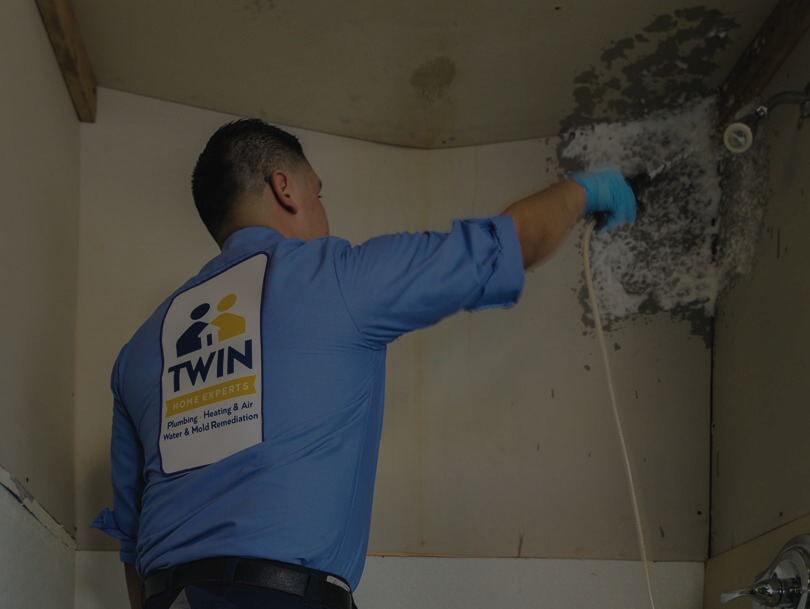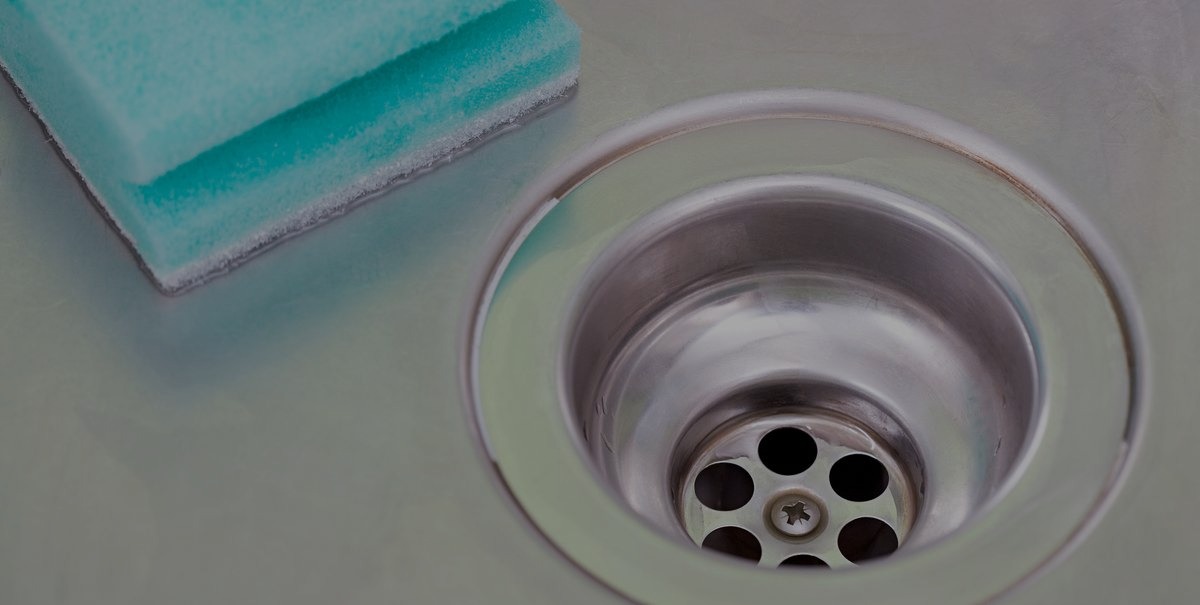Water Leak Guide
- Locate your water shut off
- Install a water gauge connected to the home’s water supply, (NOT the sprinkler system)
- Turn hose bib on and see the needle rise to a pressure and stop (should be 80 PSI or less
- Turn off main shut off valve. If the needle stays in the same pressure reading after 60 seconds of water being turned off, then you are leak free. If the needle drops, you need to check around.
- Shut off your toilets at the valve located at the bottom left of the toilet tank and try the same steps.
- If the needle still drops, you have a leak in your water line.
Structural Leak Guide
- Take your drain and cap off with some strong tape
- Fill up the entire shower pan to about 2 inches of water (this creates hydrostatic pressure)
- Anything that has been compromised will seep through — sometimes in a minute, sometimes over night
- Catching leaks on time will save you ceiling damage!
For outside water infiltrating the home:
- Take the affected area and perform a running water test by saturating the area with a hose
- This could take up to 30 minutes, since you are recreating heavy rain
- Find the areas that are compromised by seeing what leaks through.
Well, there are some do-it-yourself tips for water and structural leaks. Our next post will be about gas leaks and how you can fix them…so stay tuned! And always call the Twin Plumbers with your home plumbing emergencies.
The post Residential Leak Detection Guide 1 for Los Angeles Homeowners appeared first on Twin Home Experts.







